Hi there, pet lovers! 🦈
Few creatures capture the imagination like sharks—apex predators of the ocean, symbols of power, and icons of natural beauty. Among them, the Blacktip Reef Shark (Carcharhinus melanopterus) stands out with its sleek silhouette, striking black-tipped fins, and dynamic presence. But is this majestic animal a viable “pet”?
The short answer: No—unless you’re a public aquarium or a billionaire with a passion for marine life.
Blacktip Reef Sharks are not traditional pets but rather high-maintenance, high-cost marine animals that demand expertise, space, and resources far beyond the average hobbyist’s reach. This review explores every aspect of their care, biology, and practicality to help you understand why they’re best left to professionals—and how you can still appreciate them responsibly.
Overview
Blacktip Reef Sharks (Carcharhinus melanopterus) are among the most recognizable reef-dwelling sharks, admired for their agility, social nature, and striking appearance. Here’s a quick summary of what makes them extraordinary—and why they’re nearly impossible to keep in home aquariums:
- Handling and Temperament: Not for handling; intelligent but unpredictable.
- Care and Maintenance: Requires massive, round saltwater systems (300,000+ gallons), precise water chemistry, and expert filtration.
- Health and Durability: Hardy in ideal conditions but sensitive to poor water quality.
- Availability: Special-order only; permits and ethical concerns apply.
- Cost: Shark: around $3,000. Setup: $1+ million. Ongoing costs: Astronomical.
Overall: A breathtaking but impractical species for private keeping. Best observed in professional aquariums.

Why Choose a Blacktip Reef Shark?
The Allure of Owning a Shark
Blacktip Reef Sharks are mesmerizing—their fluid movements, social behaviors, and iconic black-tipped fins make them a favorite among shark enthusiasts. However, their appeal does not translate to practical pet ownership.
Who Should Consider One?
- Public aquariums with the space, budget, and expertise.
- Marine biologists conducting research.
- Extremely wealthy individuals with custom-built facilities.
For everyone else? Admire them in the wild or at aquariums.
Handling and Temperament
Are They Safe to Handle?
No. Blacktip Reef Sharks are wild predators, not domesticated pets. While they can be target-trained for feeding, physical interaction is dangerous and unnecessary.
Behavioral Traits
- Highly social—they thrive in groups but can become stressed in isolation.
- Body language cues:
- Arched back + lowered pectoral fins = Agitation.
- “Checking” behavior (approaching and darting away) = Testing dominance.
- Biting risk: Rare but possible if provoked.
Best Practice: Observe, Don’t Touch
These sharks are best appreciated from a distance—whether diving, snorkeling, or visiting an aquarium.
Care and Maintenance
The Enormous Tank Requirement
- Minimum size: 300,000+ gallons (yes, you read that right).
- Shape: Round or oval—corners stress sharks.
- Filtration: Industrial-grade protein skimmers, live rock, and constant water movement.
Water Quality: A Delicate Balance
- Salinity: Must be precisely maintained (1.020–1.025 SG).
- Temperature: 75–80°F (24–27°C).
- Ammonia/Nitrite: Zero tolerance—sharks are extremely sensitive.
Feeding: A Carnivore’s Diet
- Primary food: Frozen-thawed fish, squid, crustaceans.
- Feeding schedule: Daily or every other day.
- Cleanup crew: Small crustaceans to manage waste.
Jumping Risk: A Deadly Problem
Blacktip Reef Sharks can leap out of the water. If their gills dry, they cannot breathe. A secure, open-top design is critical.
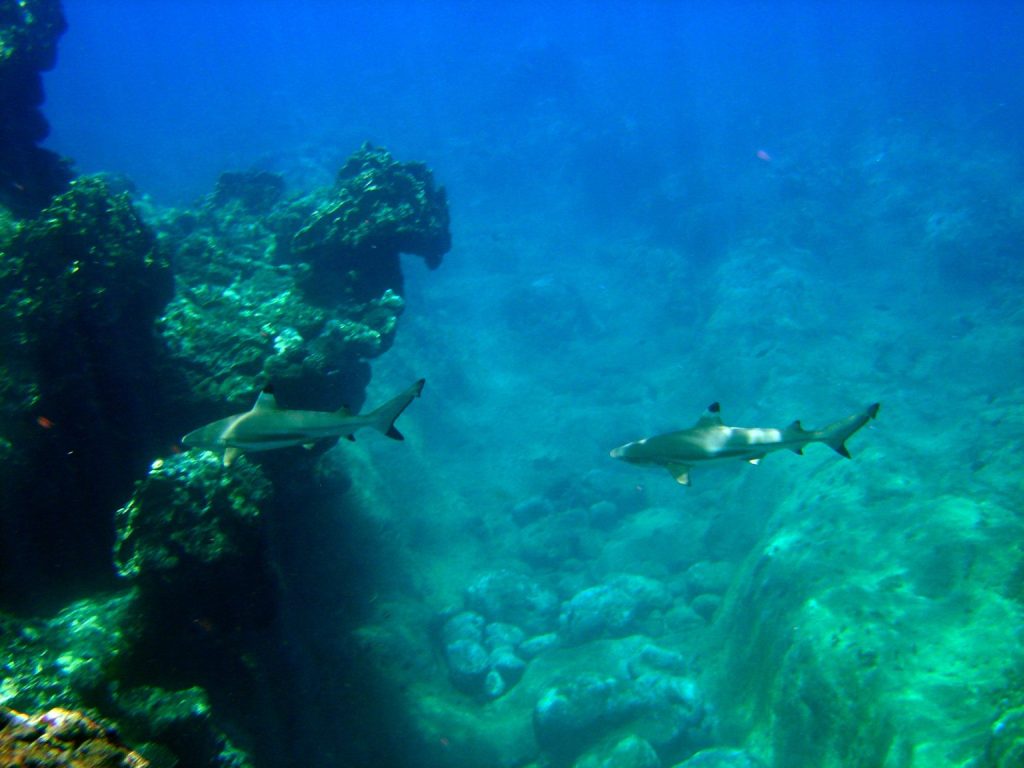
Health and Durability
Common Health Issues
- Ammonia poisoning (from poor filtration).
- Bacterial/fungal infections (from injuries or stress).
- Obesity (from overfeeding).
Preventative Care
- Daily water testing.
- Stable social groups (lonely sharks get stressed).
- Expert veterinary access (few vets specialize in sharks).
Lifespan: A Long Commitment
In captivity, they can live 20+ years—only for those prepared for extreme long-term care.
Availability and Cost
Where Can You Get One?
- Specialized marine suppliers (not pet stores).
- Permits required in most regions.
The Staggering Expenses
- Shark cost: ~$3,000 (plus shipping).
- Tank setup: $1M+ (custom-built systems).
- Ongoing costs: Electricity, salt, filtration, food.
Ethical Considerations
- Wild populations are declining due to overfishing and habitat loss.
- Captive breeding is rare—most are wild-caught.
Pros and Cons
Pros
✔ Breathtakingly beautiful and fascinating to observe.
✔ Long lifespan (if cared for properly).
✔ Social and active, making them great display animals.
Cons
✖ Impossibly expensive to house and maintain.
✖ Not handleable—strictly for observation.
✖ Ethical concerns around wild capture.
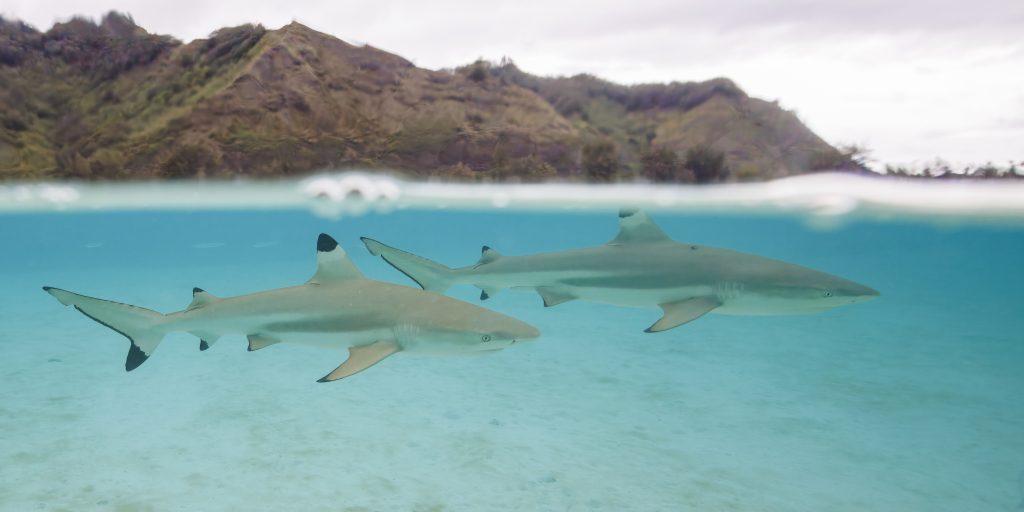
Final Thoughts
The Blacktip Reef Shark is one of the ocean’s most stunning creatures, but it is not a pet. The care requirements are extreme, the costs are prohibitive, and the ethical concerns are significant.
For shark enthusiasts, we recommend:
✅ Visiting public aquariums (like the Loveland Living Planet Aquarium).
✅ Supporting shark conservation efforts.
✅ Considering smaller, more manageable marine species (e.g., bamboo sharks).
Would you ever attempt to keep a Blacktip Reef Shark? Let us know in the comments—and if you’re passionate about marine life, share your favorite shark species below!
For more deep dives into exotic animals, subscribe and stay tuned! 🦈

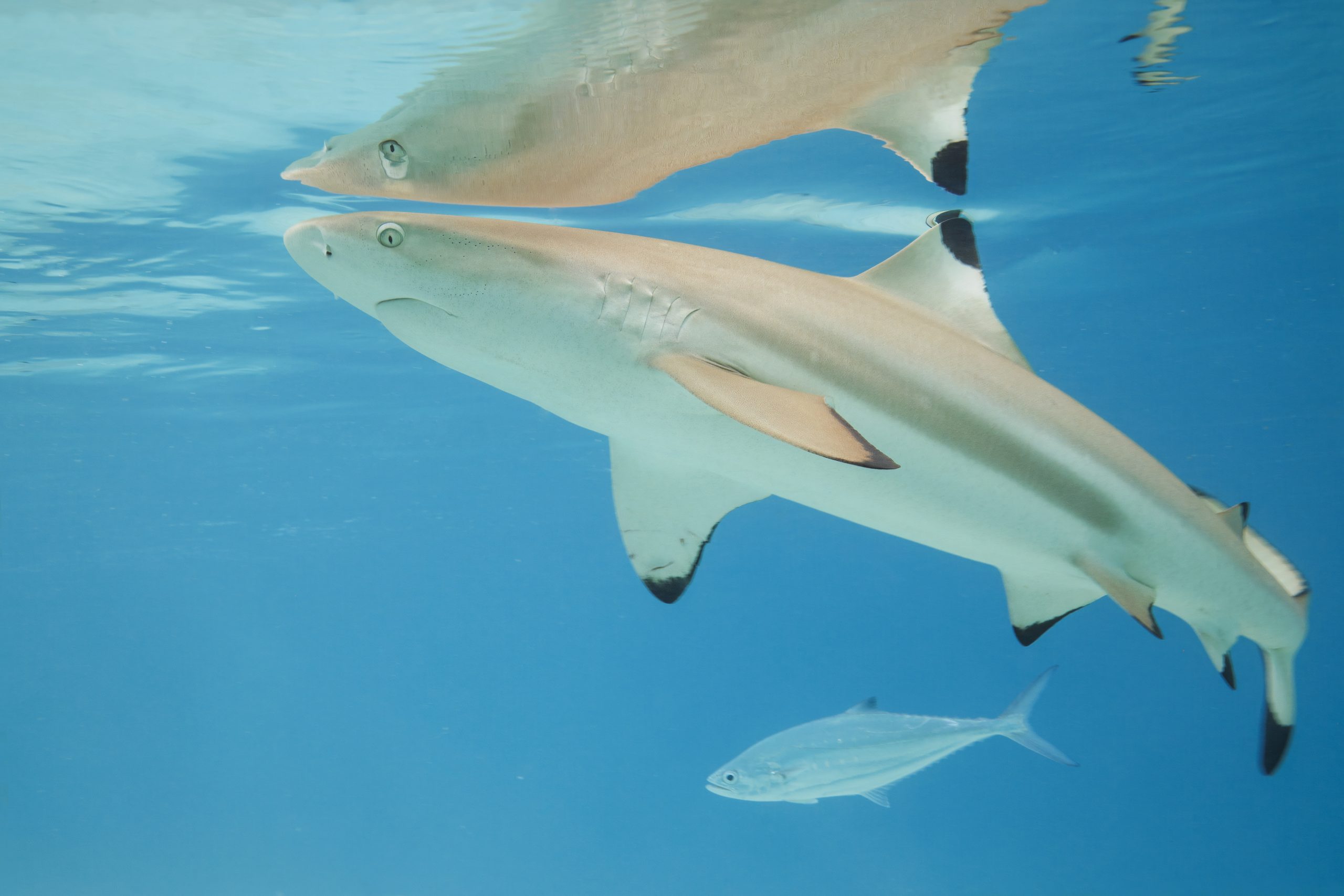

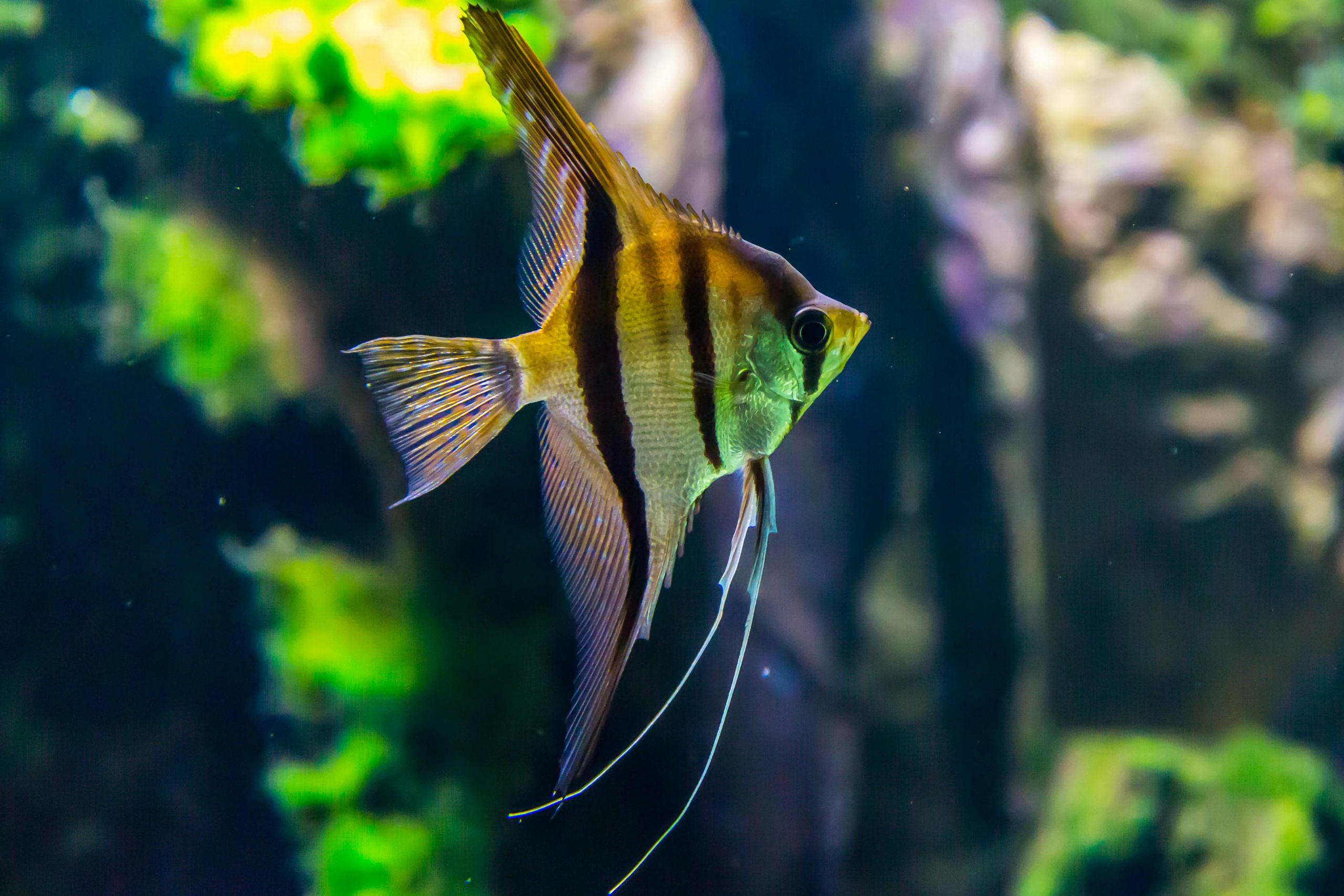
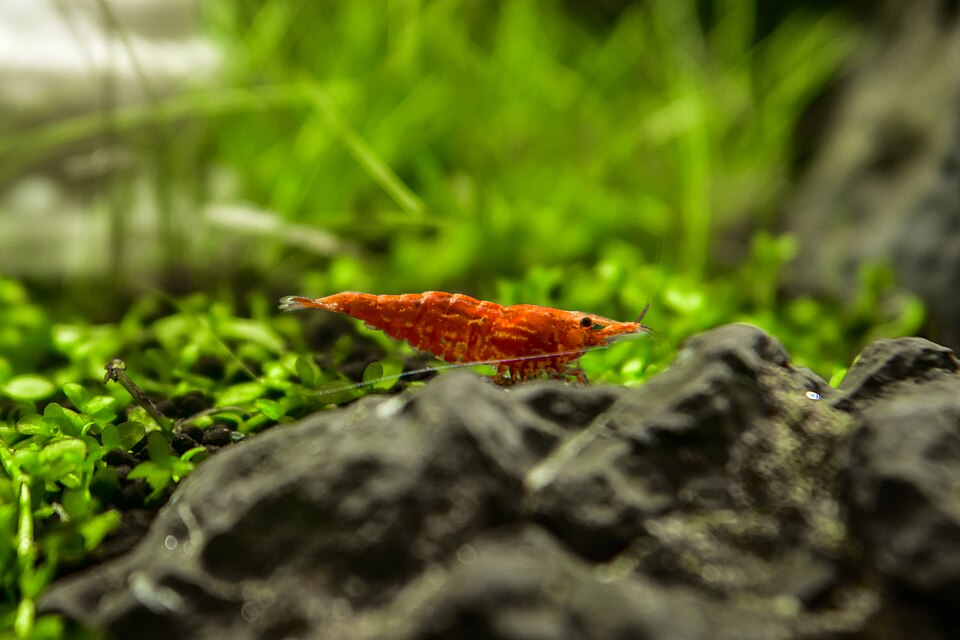

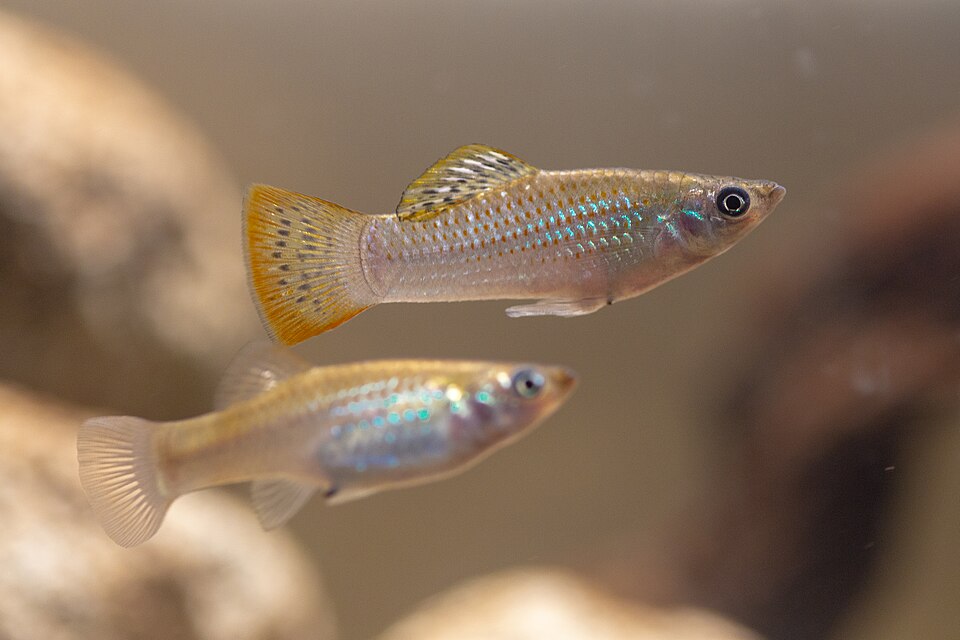
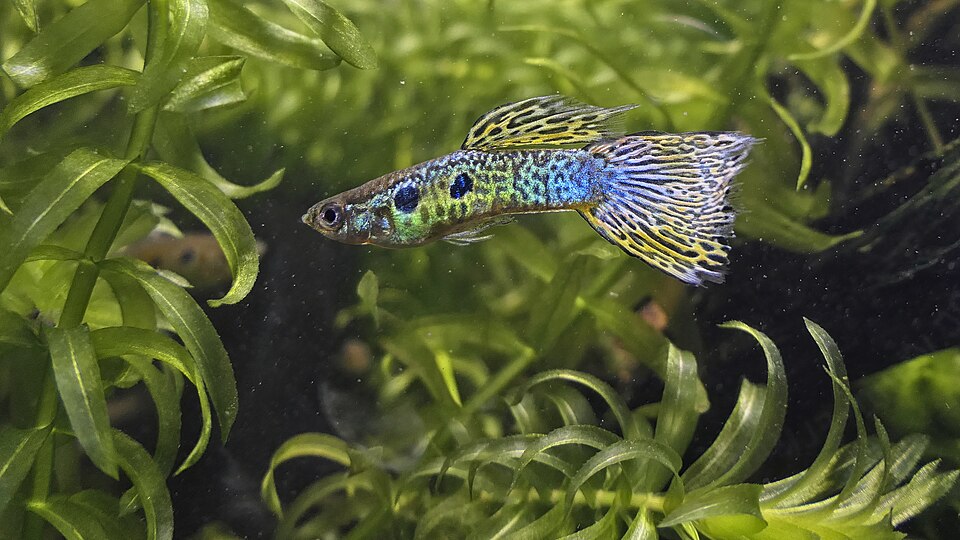
Leave a Reply